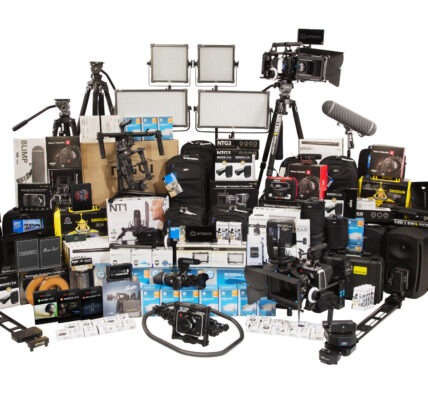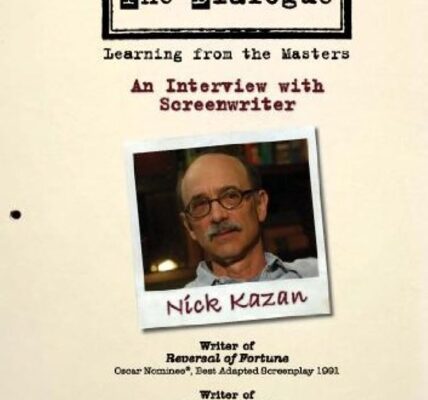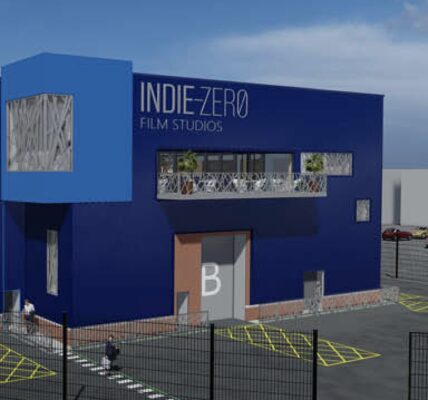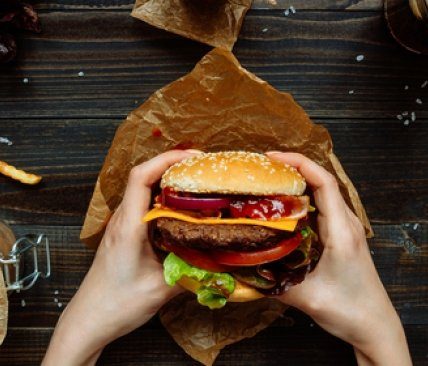THE WRESTLER: Aronofsky’s Golden Lion
When I think of wrestling, I think of Big Daddy and Giant Haystacks. I hazily recall frenetic Saturday afternoons as an eight-year-old, jumping off a friend’s sofa, being sat on by his older brother, and thinking, ‘I know it’s only pretend but this kinda hurts.’ From a cinematic point of view, wrestling provides a great analogy for the screen, with its quixotic blend of make-believe and real pain; a curious mix of truth and lies. Add to this the myth of Mickey Rourke and it’s no wonder the sparks begin to fly.
There’s a telling scene at the end of THE WRESTLER in which Rourke’s Randy “The Ram” Robinson is back in the ring to face his nemesis: The Ayatollah. The crowd are roaring and Rourke/Randy struts around the ring giving a stirring speech: “I ain’t as pretty as I used to be, but I’m still here. I’m not washed up…” By this point, after watching a hundred minutes or so of his fateful decline, Rourke the actor and Randy the character are in perfect confluence; they are utterly indistinguishable.
Aronofsky laughs at this thought: “I think it’s absolutely a blend, but let’s not forget he’s doing it in front of three thousand people with the camera in front of his face, and so the man is still acting and still creating a performance. That’s where the skill comes in. If we stuck a camera in front of ourselves and tried to be ourselves, it would be pretty impossible to be that natural.”
The performance is certainly naturalistic; often scarily so. It’s almost as if we are watching the pain and anguish that has befallen Rourke over the last 15 years. Aronofsky’s camera has a fetishistic fascination with him as it hovers next to this monstrous ego ideal. In PI and REQUIEM FOR A DREAM, Aronofsky made dazzling use of the SnorriCam: that camera-attached-to-body effect which gave a woozy, slightly narcotic, feeling to the characters as they manoeuvred through their surroundings.
In THE WRESTLER, the camera begins as a presence lurking in the shadows. It’s shy. In fact, it’s little more than a shadow itself cast by Rourke’s hulking figure. It follows him from behind like one of those guardian angels in WINGS OF DESIRE straining to peer over his shoulder as he lumbers around, coughing and spluttering and signing autographs. Who is this longhaired apparition—we know who it is, but who is it? Finally, inside his truck, as he fumbles with a torch in the darkness, the camera reveals the gloriously pummelled face of Mickey Rourke.
“I think Mickey’s a lot more open here and a lot more honest. And you know, his vanity is not a part of this performance.”
“I think it’s definitely in large part about Mickey because, you know, people are very curious about what he looks like. They’re very very curious. And also, as we are going to spend 100 minutes with him, I definitely wanted to tease our expectations for as long as we could.”
On the net there are many conflicting rumours about other actors who may or may not have been attached to the project at some stage—Nicolas Cage is a name that comes out on top. But Aronofsky is adamant that there was only ever one person in his mind.
“It was always Mickey Rourke. I just always loved his work and he’s just such a unique talent who had been given very few opportunities over the last twenty years, especially to play anything sympathetic. I was very intrigued to work with him because I thought that he’d done such tremendous work twenty years ago and I just wanted to see what it would be like to direct him, and it turned out that it was an amazing experience. Between action and cut there was probably no-one better that I had worked with.”
Marisa Tomei, also experiencing something of a renaissance recently with her role in Sydney Lumet’s BEFORE THE DEVIL KNOWS YOU’RE DEAD and here as Rourke’s love interest, ageing pole dancer Cassidy, is equally as good.
“Yes, she took something that could have very easily been clichéd and approached it from an incredibly original place.”
Fantastic casting is one of Aronofsky’s greatest talents. He weaves his actors so tightly into their roles that it can be interesting to imagine what might have been had someone else taken the part. In film academic circles this is called the Commutation Test. Think of how different THE FOUNTAIN might have been had Brad Pitt not pulled out at the last minute. This kind of thought process is useful because it can help reveal meaning about audience expectation and how a director can mutate his actors into their roles so effectively.
“If I were a painter, then the actor would be a colour and so it would be a completely different painting. And it would be a completely different film and it’s impossible to imagine because every single moment is informed by Mickey’s performance and so the film becomes not only a reflection of Mickey but of all of us who worked on the movie, at a certain moment in time collaborating on that work. You know, it’s more of a snapshot of a moment. If another actor had shown up, it would have been very different.”
Through Rourke’s battered visage, over the hillocks and gorges of his new facescape, there is a faint glimmer of the eighties sex symbol from 9 1/2 WEEKS that some will affectionately recall. In that period, Rourke was perhaps at his most truthful as Harry Angel, in Alan Parker’s ANGEL HEART (1987), a down-at-heel private eye: unaware and disparate (even back then there was a certain otherness to his good looks and wry charm—almost like an unwanted blessing). Now he’s all substance: visceral and untamed. That cheeky twinkle in his eye has all but gone; so too the ice-cubes and sharp suits. Perhaps Miller, Rodriguez and Tarantino were just too timid when they “rediscovered” him in 2005’s SIN CITY, hiding him behind a mask.
“I think in SIN CITY he was underneath a pound of makeup and I think even though it was a great performance, people didn’t really see him. It’s hard to be seen beneath that makeup. I think Mickey’s a lot more open here and a lot more honest. And you know, his vanity is not a part of this performance.”











